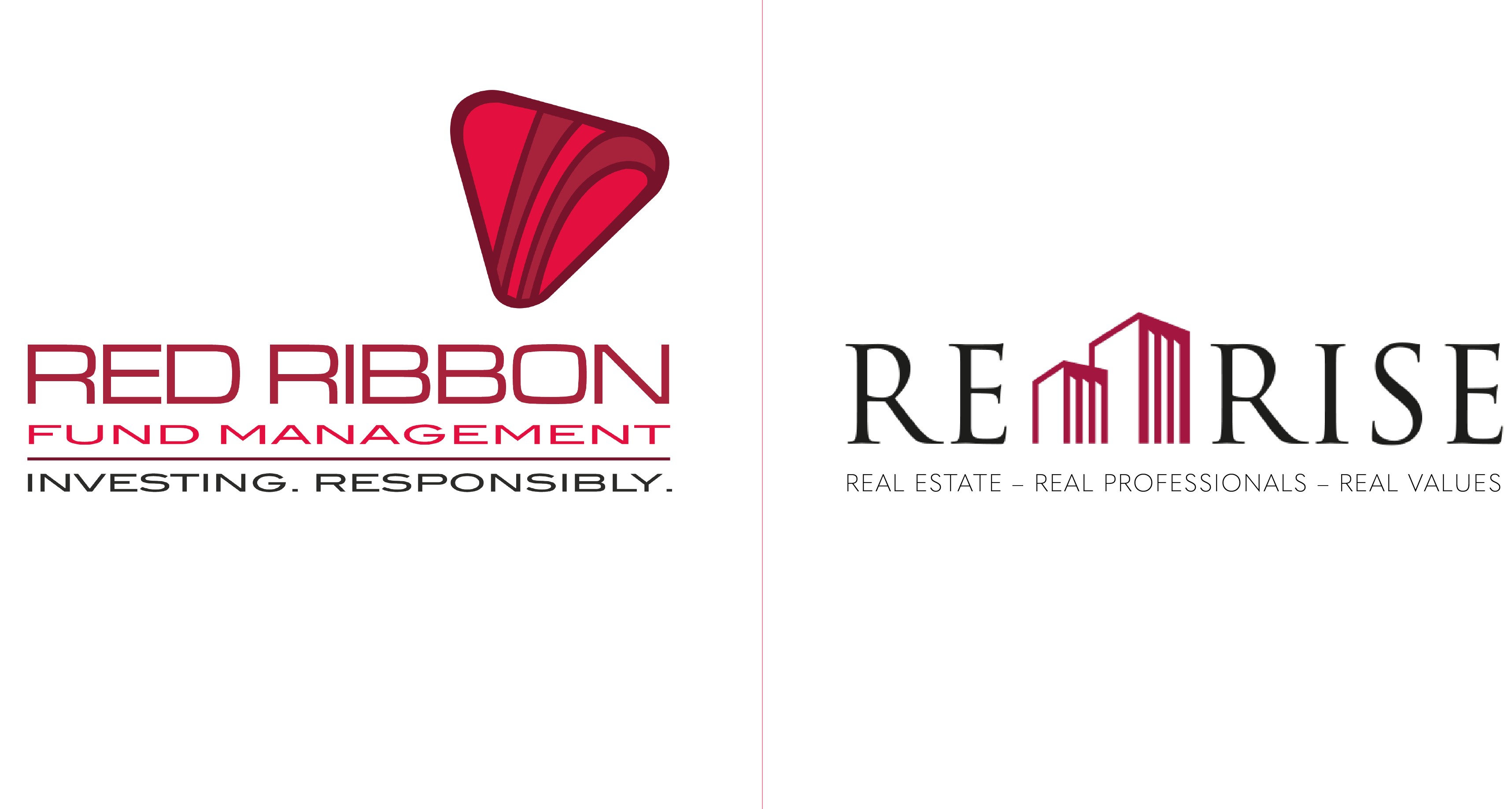Disruptive change is a curious and powerful thing: a heady brew of seemingly unrelated factors that combine to re-shape and re-align economic markets that we thought were here to stay. Eastman Kodak was a titan of world commerce for more than a century, until images went digital, and digital went global: and within fifteen short years the company was bust: despite increasingly desperate, last minute efforts to move with the times. Who saw that coming? Certainly not Kodak’s Board: grown fat on complacency and convinced the world would stay the same forever. But of course it never does…that’s what disruptive change is all about. And the list goes on: Bethlehem Steel, one of the world’s biggest steel conglomerates for more than a hundred years, one of the biggest companies in the world in 1975, but bankrupt by 2003: the latest victim of rapidly evolving markets. Singer Sewing Machines (sixty-fifth biggest company in 1975, bust by 1999); and, of course, PanAm, an international innovator and sector leader for sixty years (bankrupt by 1991). You get the message…shrewd investors and entrepreneurs need to focus on the future, and in a world that’s changing faster than ever before that means staying abreast of disruptive innovation.
PropTech Innovation
Right now we’re seeing one of those disruptive agents at work in India: so-called PropTech innovation, and it’s a real game changer.
True to the tried and tested formula, PropTech is a combination of several factors. First, and perhaps inevitably, COVID lockdown restrictions: instilling an urgent drive for change in what has traditionally been a tech resistant real estate sector on the subcontinent. Secondly, an explosive growth in new tech enabled platforms that have enabled prospective buyers to view properties (for most for the first time) without leaving the cluttered, claustrophobic environment of their own homes. Thirdly, feeding on that clutter and claustrophobia, a reinvigorated urge amongst buyers to own a bigger and better home: fuelling the greatest surge in property prices for more than twenty years. And, finally, the increasing availability of AI, Machine Learning and Robotic Process Automation, all of which are driving sector change with an increasingly irresistible momentum: creating market appraisal in real time, with a level of efficiency that was the stuff of science fiction only a few years ago.
According to a recent report by EY (www.ey.com), real estate firms (not just on the subcontinent but globally) now need to embrace those changes wholeheartedly: because they’re pretty much here to stay, even when COVID has finally been consigned to the waste paper basket of history. Those that don’t embrace it will end up in the waste paper basket as well: just like Eastman Kodak, Bethlehem Steel, Singer and PanAm.
AI, Machine Learning and Robotics
AI is using predictive algorithms to ensure better than ever (more accurate) property valuations: anticipating key demographic changes and income distribution levels, which is precisely why we are seeing this trend emerging more rapidly in India, with the fastest growing population on the planet (soon to be the biggest): increasingly wealthy, increasingly urbanised and increasingly determined to make that dream of home ownership a practical reality. Cloud platforms are also reducing research lead times by 80% (https://rapidscale.net/), and contract co-ordination as well as critical compliance reporting is now overseen by Robotic Process Automation: meaning purchasers can move into their new homes quicker than ever before. So who wants a real estate company that buries its head in the past, with everything taking five times as long…who wants photographic film when you can have digital? Added to which new technologies mean a reduction of up to 40% in operating costs…the logic is inescapable.
That’s why technology and real estate have been combining to deliver a surge in Indian financial markets over recent months as well…it’s a trend well worth paying attention to…if you don’t want to end up like Eastman Kodak.
Executive Overview
It’s always a game changer when technical innovation falls into line with burgeoning consumer demand, and right now that’s exactly what’s happening in India…small wonder then that real estate markets are so resurgent.
Invest in Red Ribbon Asset Management
%20(1)-Sep-25-2021-01-35-39-87-PM.png?width=200&name=RRAM%20Final%20Logo%20(1)%20(1)-Sep-25-2021-01-35-39-87-PM.png)
Red Ribbon is committed to identifying and building on investment opportunities that are fully in compliance with its core Planet, People, Profit policy: not only offering above market rate returns for investors but also protecting our Natural Capital.




